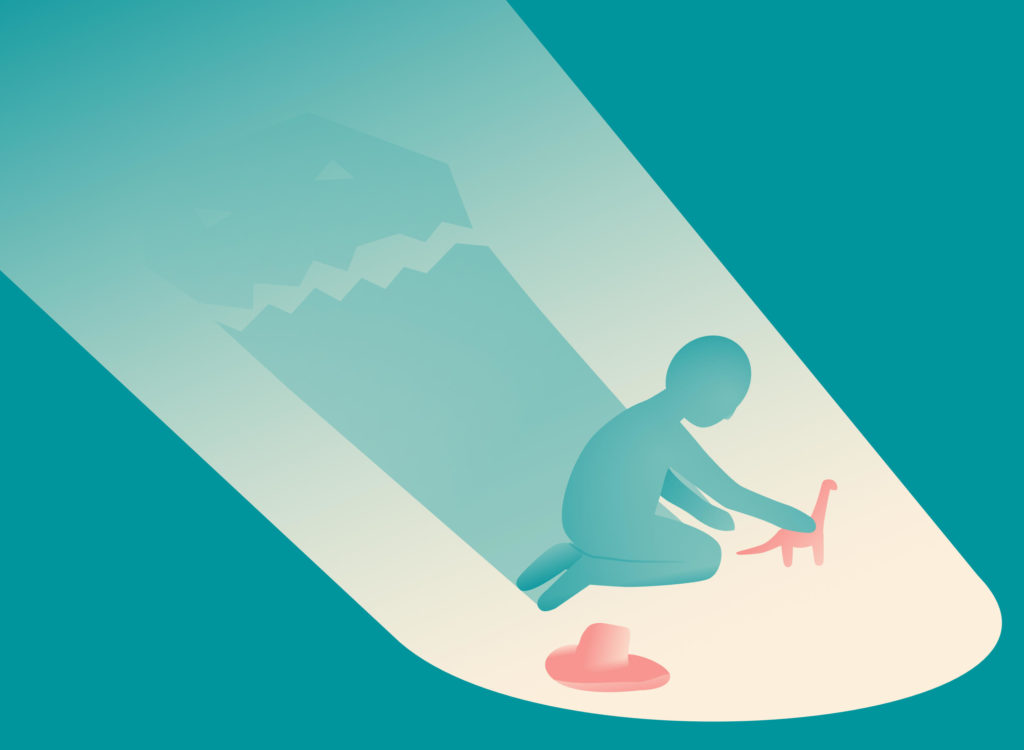About: Play Therapy

What is play therapy and how can it help?
Play therapy is a specialist intervention supporting children with social, emotional and mental health issues. It can enable them to find the inner resources to overcome some of life’s difficulties.
A range of carefully selected toys and creative media allow the child to symbolically explore aspects of their life, and of themselves, through play, metaphor and creative expression.
The process of creative self-expression within an accepting therapeutic relationship can enable the child to develop self-trust, improved capacity to relate to others and to find inner healing.

What are the benefits of play therapy?
The reasons for referral and the possible outcomes are individual, numerous and varied. Many children are referred for issues associated with trauma. Play therapy can help the client to understand and resolve these issues, and can benefit by:
- Reducing anxiety
- Improving resilience
- Increasing self-esteem
- Boosting confidence
- Improving concentration
- Developing communication
- Improving social skills.
The different materials available in play therapy provide the scope for creative expression connecting the child with their senses, their imagination and their unconscious.
A child who has suffered trauma in their life may embody the experience, with feelings deeply suppressed, affecting them physically, psychologically and emotionally. Creative use of malleable materials like clay, for example, can provide a way of reconnecting with the senses, and, within the safety of the therapeutic space, can support the healing process.
By playing out stories through role-play, puppets, small world toys or the sand tray, the client can explore their difficult feelings and experiences at a ‘safe distance’. Using the imagination to create stories that mirror life scenarios, consciously or unconsciously, can be a powerful way to gain insight, without the need for words.

What are the principles of play therapy?
Through play therapy I use an integrative, holistic, client-centred approach. This allows the client to take the lead in choosing from a range of creative media to explore the life themes that are most relevant to them.
Play therapy is:
- Client-centred
- Permissive
- Non-judgmental
- Balanced between non-directive and directive approaches, depending on needs of client
- Accepting of the client
- Safe and confidential with simple, clear boundaries.
Creative exploration within a trusting, therapeutic relationship enables the client to develop self-awareness, make sense of their situation, and to overcome difficulties, supporting their emotional well-being.
A balance of directive and non-directive techniques are used, according to the client’s individual needs and response in each session. I take guidance from the Ethical Principles set out by PTUK. I receive regular supervision from a professional creative therapist to ensure my safe and reflective practice.

What happens in the sessions?
Play therapy sessions are held weekly, at the same time and in the same place, to provide consistency and reliability. Sessions are held in a safe, confidential space. The child may choose any of the resources available, including:
- Dry and wet sand trays
- Large selection of miniatures/small world objects
- Puppets
- Clay and other malleable materials to allow for sensory play
- Paints, pens, crayons, pencils, chalks
- Collage, glue and modelling materials
- Role play toys and dressing up
- Musical instruments
- Space and materials to allow for movement/dance
- Therapeutic stories.
Part of my role as Play Therapist is to let the client know, before we begin, that they are safe, and that their time with me is confidential, to establish a trusting relationship early on. I explain that what happens in the room is their choice, and that they lead the way.
I show the client that I am fully present during the session and with them in their process. This is evident through my responses which combine active listening, an ‘unconditional positive regard’ (Carl Rogers, 1964) and empathic responses. The therapeutic relationship begins from this point, as I follow the client’s direction.
As we move through the sessions, it is sometimes necessary for me to use a more ‘directive’ approach. This may be needed if the client seems to be ‘stuck’ in their process, or in need of some prompting to facilitate further insight to a situation. Direction is mostly subtle, for instance suggestion of using a different media or the introduction of another symbol in a play scenario.
